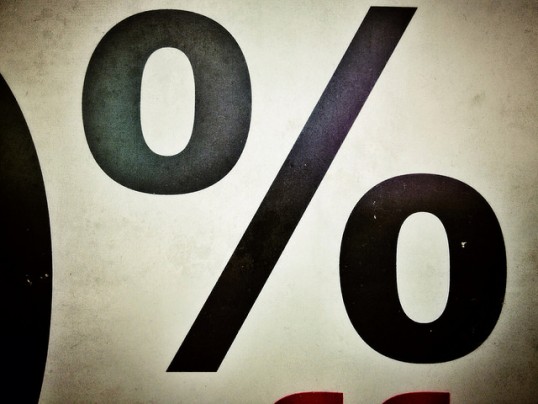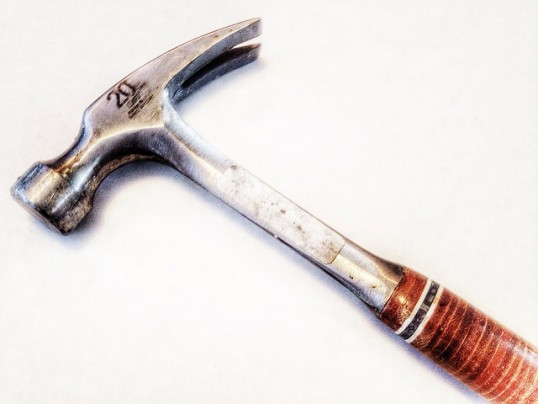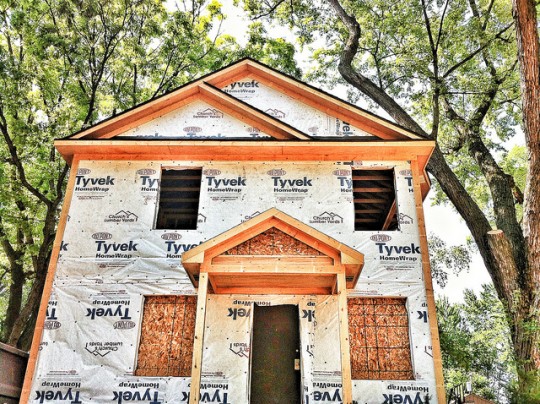According to the Mortgage Bankers Association’s Weekly Applications Survey, a slight increase in mortgage rates last week caused a dip in both refinance and purchase loan demand. Average mortgage rates increased across all loan categories, including 30-year fixed-rate loans with both jumbo and conforming balances, FHA-backed mortgages, and 15-year loans. Mike Fratantoni, MBA’s chief economist, said the average rate only increased a few basis points but that increase was matched by a large drop in refinance volume. In fact, the Refinance Index – which spiked 11 percent the previous week – dropped 13 percent last week. Purchase demand was also down, falling 5 percent from one week earlier. The declines brought the Market Composite Index, a measure of total mortgage loan demand, down 9.2 percent. According to Fratantoni, the interest rate increase was due, in part, to incoming economic data suggesting a pickup in the pace of growth. Still, Fratantoni said some lenders continue to report having pre-approved borrowers who have been unable to find a house because of tight inventory in certain markets. The MBA’s weekly survey has been conducted since 1990 and covers 75 percent of all retail residential mortgage applications. More here.
Archive for June 2014
Permits To Build New Homes On The Rise
Permits to build new single-family homes rose nearly 4 percent in May, according to new data released by the U.S. Census Bureau and the Department of Housing and Urban Development. The improvement came despite a dip in new residential construction and a decline in overall permits when including multi-family housing. But, though fewer new homes broke ground during the month, the estimates indicate that construction of single-family homes should see improvement in coming months as permits to build, an indicator of future activity, increased. In May, however, single-family housing starts – a measure of how many new homes started construction each month – fell 5.9 percent following four-consecutive months of gains. Completions, on the other hand, were up 2.1 percent. The decline in groundbreakings was the first in many months and is evidence that, despite an upward trend, the recovery will continue to experience bumps along the way. More here.
Builders Optimistic About New Home Sales
Home builders have a unique perspective when it comes to gauging whether or not people are buying new homes. Because of this, the National Association of Home Builders’ Housing Market Index – which measures builders’ confidence in the market for newly built, single-family homes – has become an important indicator of the housing market’s health. The Index scores builders’ perceptions on a scale where any number above 50 indicates that more builders view conditions as good than poor. In June, the index posted a four-point gain, reaching a level of 49. Kevin Kelly, NAHB’s chairman, said after several months of little fluctuation, a four-point increase is a welcome sign that builders have some renewed confidence in the market. All three components of the index improved in June, with the component measuring current sales conditions seeing an increase of six points. Components gauging sales expectations for the next six months and buyer traffic both rose three points. Regionally, three-month moving averages show the Midwest falling a point, the West holding steady, and the South and Northeast up a point. More here.
Home Price Increases Continue To Slow
After rising sharply over the past two years, home price increases are now becoming smaller, more balanced, and more widespread. In fact, for the first time since July 2012, none of the 100 largest metropolitan areas experienced a price gain of 20 percent or more, according to the most recent Price Monitor from Trulia. That means, home price increases are normalizing and becoming more stable after years of volatility. It also means more homeowners – who may have been waiting to put their homes up for sale because they expected prices to continue to surge – may now be encouraged to sell. This is a positive sign for housing, as rising for-sale inventory and sustainable price increases would bring even more balance to the market. Asking prices, according to the release, rose at their slowest pace in 13 months, climbing 8 percent year-over-year. And, though an 8 percent increase is still historically above average, it is slower than it has been in recent months. Also, only four metro areas saw declining prices, which sets a post-recession low and indicates that – in addition to being more sustainable – home price improvement is becoming more widespread. More here.
4 Common Misconceptions About Buying A Home
Though most Americans say they’d like to own their own home one day, there are a number of misconceptions about the buying process and current market that cause many to believe they won’t be able to get financing or can’t afford homeownership. According to a recent article from Christina Boyle, Freddie Mac’s vice president and head of single-family sales and relationship management, not being able to come up with a 20 percent down payment is the top myth keeping Americans from entering the market. Boyle says, though a lender may ask for 20 percent down, it isn’t always a necessity and, in general, you should expect to have a down payment of about 5 or 10 percent. Another common assumption is that you’ll need a perfect credit score in order to get a mortgage. While you’ll definitely have more options with a higher credit score, your score doesn’t need to be perfect to secure a loan. Boyle also points to recent increases in mortgage rates and the belief that homeownership is too expensive as reasons potential home buyers stay on the sidelines. But despite recent rate increases, mortgage rates are still well below historical norms and, according to recent research, owning a home is actually cheaper than renting in the 100 largest metropolitan areas across the country. More here.
Home Loan Demand Surges Following Holiday
According to the Mortgage Bankers Association’s Weekly Applications Survey, mortgage application demand surged following the Memorial Day holiday. In fact, the Market Composite Index, which is a measure of both purchase and refinance demand, rose 10.3 percent from the week before. Individually, the Refinance Index saw an 11 percent increase – largely due to two-months of downward trending mortgage rates – and the Purchase Index was up 9 percent. But despite recent trends, average mortgage rates increased across all loan categories last week, including 30 and 15 year fixed rate loans as well as FHA-backed mortgages. It was the first significant increase in rates in many weeks. Also in the release, the refinance share of total mortgage activity rose to 54 percent of applications, up from 53 percent the week before. The MBA’s weekly survey has been conducted since 1990 and covers 75 percent of all retail residential mortgage applications. More here.
Survey Says Now Is A Good Time To Sell
A record number of surveyed Americans say they think now is a good time to sell a house, according to the most recent National Housing Survey from Fannie Mae. The results of the latest survey show 43 percent of respondents think now is the time to sell. And that’s good news for prospective home buyers because – as more homes become available to buy – not only will there be more homes to choose from but home price increases will begin to moderate as well. Still, the number of Americans who say it is a good time to buy a house fell slightly from the month before, dipping to 68 percent. Doug Duncan, Fannie Mae’s senior vice president and chief economist, said this year’s spring and summer home buying season has gotten off to a slow start despite mortgage rates trending downward for the past two months. According to Duncan, this is because consumers are worried about their income and the direction of the overall economy. Though Americans have been generally optimistic about the housing market in recent months, a decreasing number of respondents say their household income has risen over the past year and 57 percent say the economy is headed in the wrong direction. These persistent concerns about personal finances and economic conditions may be keeping more consumers from entering the housing market as either a home buyer or seller. More here.







